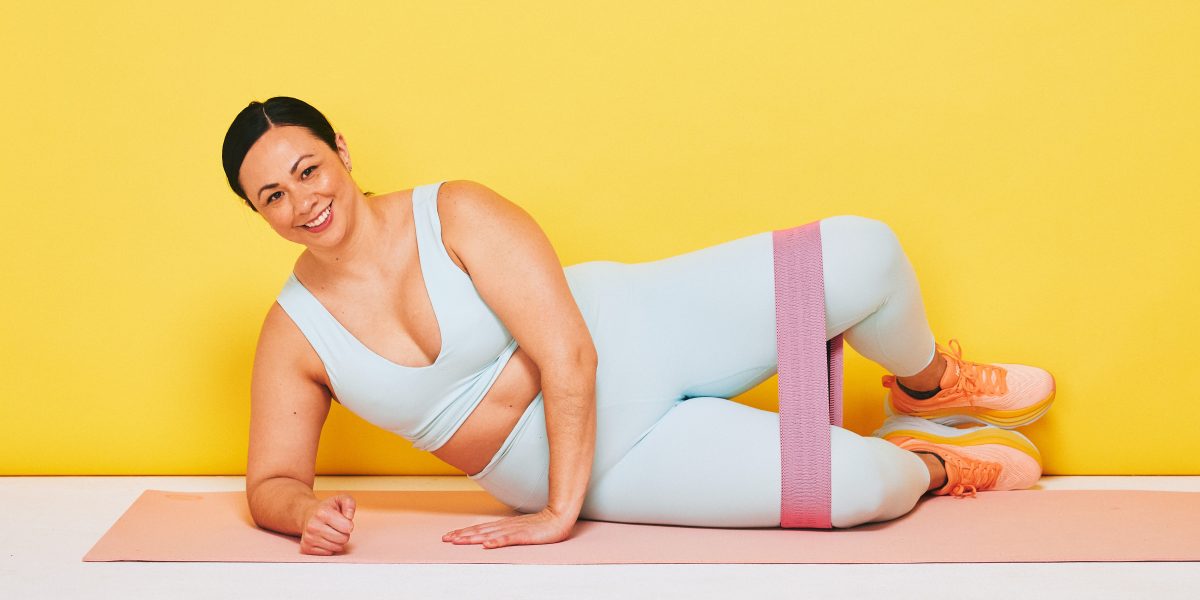When it comes to your glutes, it’s easy to focus only on the biggest muscle—your glute max. But the smaller players deserve attention too, making a side-butt workout a clutch, convenient way to round out your training.
Quick anatomy lesson: Your side butt, as the name suggests, is the area that forms the outer part of your glutes. It includes two muscles: the gluteus medius and the gluteus minimus. Together, these players work to stabilize your pelvis; they also help bring your legs out to the side, Amanda Ting, DPT, CSCS, a personal trainer at Mark Fisher Fitness in NYC, tells SELF. This is a motion known as hip abduction, which is why these muscles—along with a front hip muscle called the tensor fasciae latae—are sometimes called hip abductors.
That pelvic stability role is especially important when you’re doing anything that has you standing or moving just one leg at a time, like lunging, walking, running, and climbing stairs. As Ting explains it, when you’re doing single-leg motions like these, you want your side butt to fire up to keep your hips level and prevent them from dipping to one side. If your hip drops, it can place a lot of pressure on your knees, ankles, and lower back, since other muscles have to jump in to step up to the plate if your medius and minimus aren’t up for the task. And that can increase your chances of injury to those areas due to that over-stress.
Unfortunately, many of us have weak side butts. That’s in part because we tend to spend a lot of our days moving forward and backward and not so much going side to side. And tons of folks spend a big chunk of their schedules sitting down, which can tighten the hip flexors, weaken the glutes, and simply get in the way of us using our butt muscles more.
Luckily, you can combat all this by making some time for these small but mighty muscles in your routine. Ting created for SELF the five-move side-butt workout that hones in on this important, often-underworked muscle group. A circuit-style sequence, it’s chock-full of exercises that target your glute medius and minimus in the two primary ways they’re designed to work: through hip abduction and with single-leg pelvic stability.
Moves like the banded clamshell have you moving your leg away from the center of your body, which automatically engages your hip abductors, while exercises like the single-leg deadlift are one-legged motions that zero in on the pelvic stability, since your glute medius and minimus need to ignite in order to keep your hips level and steady. And the fire hydrant, lateral band walks, and curtsy lunge are two-fers, working your side butt through both of these functions.
You’ve got a few different options for slotting this circuit into your routine. You can do it before getting into big lower-body focused heavier lifts. Or, if you’re strapped for time and doing a more general workout, you can pick and choose two to three of these exercises to slot into your usual warm-up, Ting says.
